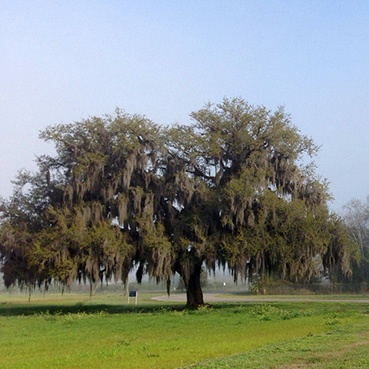Tree Identification

For years, hikers, homeowners, and the merely curious have used keys and guides to identify unknown trees. But even with a guide, it can be difficult. With some practice, you’ll find that it’s simply a matter of paying attention to a few details about the tree and the environment in which it is found. Here are some key characteristics to take note of when attempting to identify a tree.
Think of this list as a set of filters that will reduce the number of potential species a particular tree might be. This will allow you to narrow your list of potential trees. Remember, in most cases you will need to use more than one characteristic to properly identify a tree.
Range — Every tree species has a particular geographic area where it is best able to thrive. When trying to identify a tree, first consider where the tree is located geographically. Most field guides will have a map or descriptions of the natural ranges of different tree species.
Habitat — The habitat a tree is growing in can be used as another characteristic to help you identify what species of tree you are looking at. However, many trees can be found in multiple habitats so you will need to look at other characteristics of the tree to determine the species.
Using habitat as a characteristic for tree identification is best for trees growing in a natural setting, like a park. Trees found in urban or landscaped environments may not be able to be identified by their habitat.
Bark — The bark of a tree is good characteristic to examine as it is almost always accessible and easily observed. When looking at the bark, consider the texture and color of the bark, as well as if there are lenticels (pores) present.

Leaves — Leaves may be the most important characteristic when it comes to identifying trees; many trees can be identified solely by their leaves. Leaves themselves have a wide range of characteristics such as persistence, structure, complexity, shape, venation, surface, smell, taste, and arrangement on the branch. Take into account each of these features when trying to determine what species of tree you are looking at.
Twigs — When examining twigs it is best to look at recent growth as older branches may have lost some of their key differentiating features. These key features are buds, scars, lenticels, pith, and thorns. This may be difficult on more mature trees where new growth is not easily accessible.
Flowers — Some trees have large showy flowers while others have small or no flowers at all. Since flowers are not always present, they should be used in conjuncture with other characteristics to identify a tree type.
Fruits and Seeds — If the tree you are trying to identify has fruits this can be a great way to identify the tree. Often times, fruits will have fallen of the tree and you will be able to closely examine them. Just remember to make sure the fruit you picked up off the ground belongs to the tree you are interested in.
If you find yourself wanting to identify a tree without a guide handy, try to record as much as you can about the tree. If you are able to, take pictures of the tree including close-up shots of the bark, leaves, and any flowers or fruits. Recording as much as you can about the tree will help you identify it later with a little research.
Florida Plant ID
For more examples of plants and their characteristics, visit the Florida Plant Identification Learning Module, commonly called Florida Plant ID. Images and information on 200 vegetables, fruits, flowers, and yes, trees are included.
Adapted from: How to Identify a Tree. Michael G. Andreu, Erin M. Givens, and Melissa H. Friedman (FOR234), School of Forest Resources and Conservation Department, UF/IFAS Extension. Original publication date April 2010. Revised October 2013. Reviewed January 2023.


